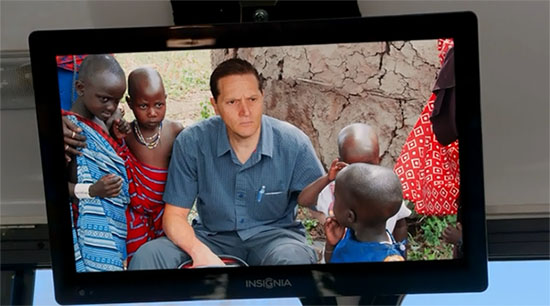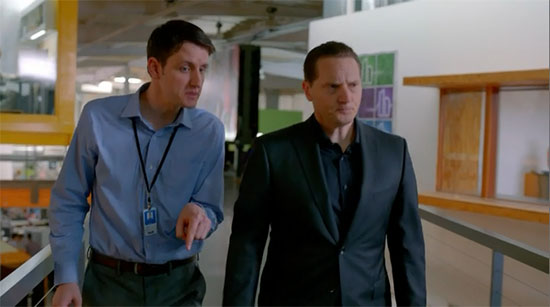5 Things That Silicon Valley Gets Right About The Tech Industry
Working in Silicon Valley is like living out one giant cliche—at least, that is according to Mike Judge’s newest hit HBO comedy. Although we’re only a few episodes in so far, Silicon Valley has already proven to be the most interesting depiction of technology culture since Fincher’s The Social Network.
Obviously, Silicon Valley isn’t a one for one representation of what you’ll actually find happening in the tech industry, but here are 5 things that the show gets remarkably right:
1. The ridiculous campuses

We’ve all heard the stories, some of them admittedly reaching into myth, of the glorious campuses and work experiences that Google, Apple, Microsoft and other massive tech companies provide their workers. Silicon Valley wasn’t about to get this important aesthetic feature of the Valley wrong, and they certainly didn’t.
Hooli, the show’s stand-in for Google or Apple, has a campus as ridiculous as you would expect of a top-tier company specializing in making your life easier, or at least making your smartphone easier to use. Its campus is filled with bright colors, workers in less-than-standard attire, “brogrammers” hitting the on-site gym, kitchens full of kale and, of course, bike meetings.
2. CEO’s are eccentrics who are treated like gods

There’s a tendency in the tech world to put people on a pedestal. But not just any people. More specifically, it’s the people at the top who get the royal treatment—your Jobs or Page or Schmidt or Gates. Because of their success, the CEOs of Silicon Valley are treated with an absurd amount of deference, often casting an unfortunate shadow over the rest of the company, where those who do more work than they’re given credit for can’t escape.
Mike Judge’s satire of the tech world hits this note head on, with Peter Gregory and particularly Hooli CEO Gavin Belson. As Richard is waiting for his meeting with Belson, he is told continually how lucky he is to be meeting such a great man, that “amazing” hardly begins to describe it.
3. The severe lack of women
-

-

-

-

-

-

-

-

-

-

-

-

-

-

-

-

-

-

-

-

-

-

-

-

-

-

-

-

-

-

-

-

-

-

-

-

-

-

-

-











































